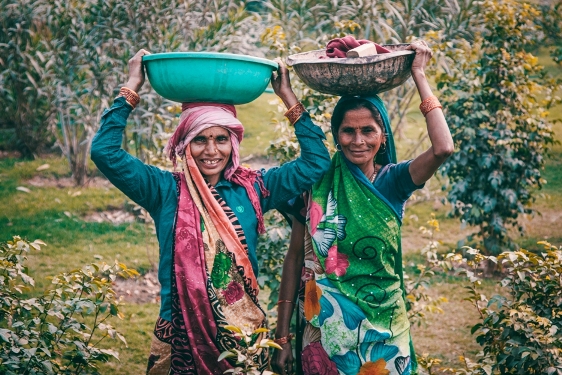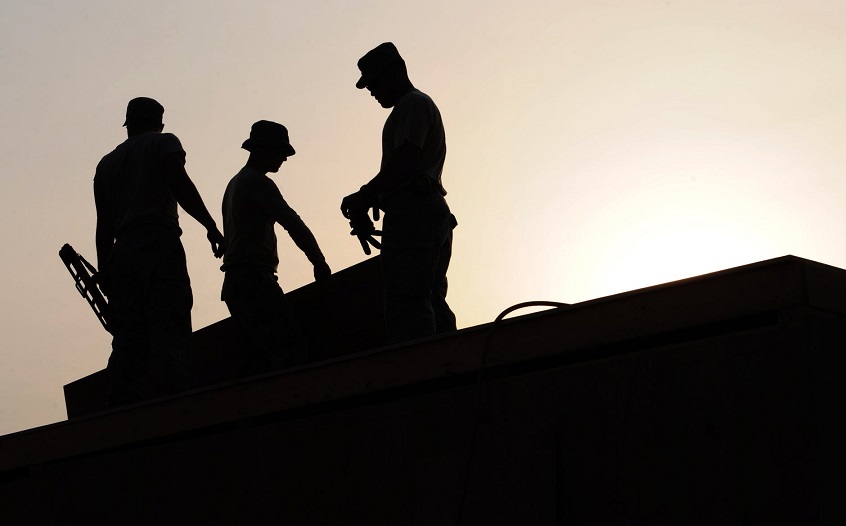This crisis has bared the picture of workers in the lowest rungs of our economy, who hold up crucial sectors and are all but missing when it comes to focused policies and dedicated social infrastructure. The central and state governments sure have announced migrant labourer registration measures and migration commissions to regulate hiring, recently.



